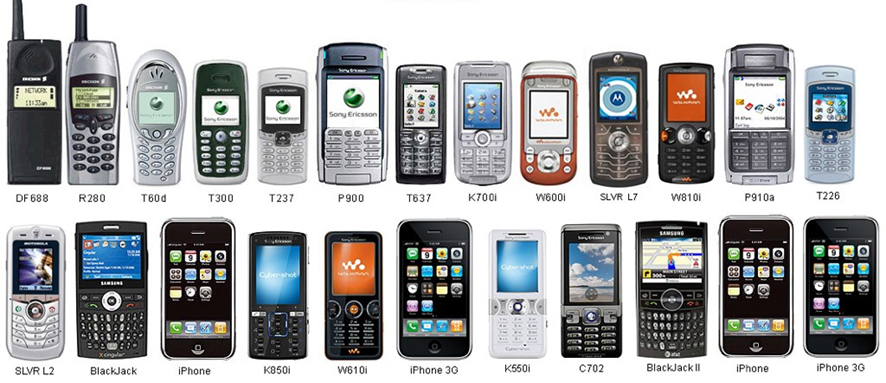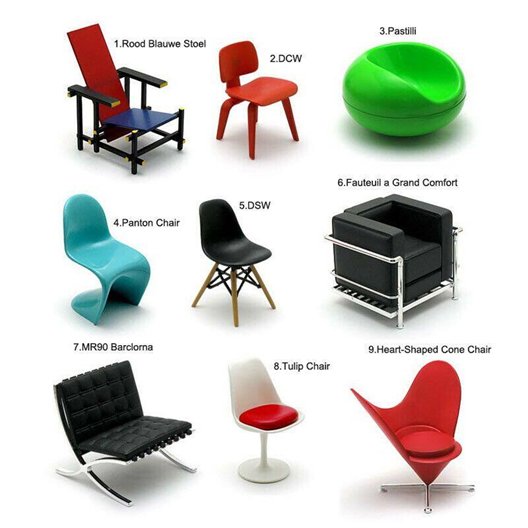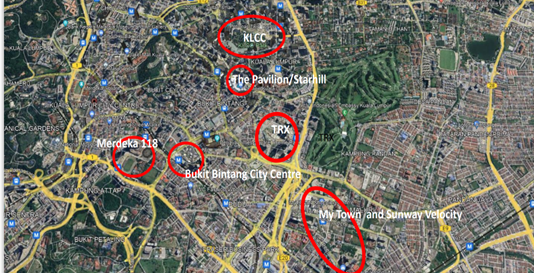In order to stand out among competitors, new and developed products need to fulfil the demands of today's consumers. Challenge for designers is to discover the factors that increase the user liking aspect of a product, and to make product design better. A proven and highly regarded factor that makes products preferable is the application of aesthetics. However, aesthetics often regarded only as the appearance application.
Aesthetics appraisal in product design is about liking. New is not necessarily will be liked and ordinary does not mean totally will be disliked. User are taking a risk if the preferred product with many new features and in the same time user are taking precaution if they choose to get a product with many familiar features. Recent research suggests that the cognitive evaluation on aesthetics, is an argument between typicality and novelty. Within the domain of consumer products, both arguments (typicality and novelty) were found to play an important role.
Typicality aspect of aesthetics appraisal of product design refers to an existing experience, familiar features or functions and the tendency to prefer safety rather than risk. At the same time, novelty represents risk, or new experiences, unfamiliar processing, and discovery of enjoyment of aesthetic judgements.
Supported by most of the research in the related area, both typicality and novelty need to be considered to pursue an optimum aesthetics appraisal of a product. The existence of both arguments was suggested to be harmonious not balance but, in the acceptable volume. For example, even though the design of a mobile phone varies from time to time, the shape remains unchanged (refer figure 1 .1). Until now, none of the manufacturer are dared enough to make big changes to the shape of a mobile phone design. However, some of the features such as technology are always get updated from time to time.

Figure 1.1. Evolution of Smartphone. Credit to steemkr.com
On the other hand, chair is more flexible, user is more tolerance to the new features in chair design other than other product. As a results, design for chair is limitless (refer figure 1.2).

Figure 1.2. Designer Chair. Credit to carousell.ph
There are many factors that contributes to the claims, one of the main reasons is the type of the product itself. Product with no or less subcategory such as grand piano will be preferred as it is: bulky, black, and shiny. Another example is toothbrush, user normally will prefer less risk product if the product need to be operated closed to or inside the body part and product that works as common will be the most ideal. Therefore, the safest option is to choose a toothbrush design that the user familiar with. For the record, chair is a product with many subcategories such as office chair, bench, stool, lounge chair, etc.
To conclude, typicality and novelty are obviously play a significant role in product design. Input from the cognitive evaluation is beneficial in helping designer to get the maximum aesthetics appraisal. In addition, the cognitive aesthetics appraisal is an interesting area to investigate, and it can potentially be explored in many ways especially by exploiting our human multi-sensory.
 |
Dr. Mohd Faiz Yahaya
Pensyarah Kanan
Jabatan Reka Bentuk Perindustrian
Universiti Putra Malaysia
|
Tarikh Input: 16/06/2022 | Kemaskini: 16/06/2022 | uswahhasanah
PERKONGSIAN MEDIA































